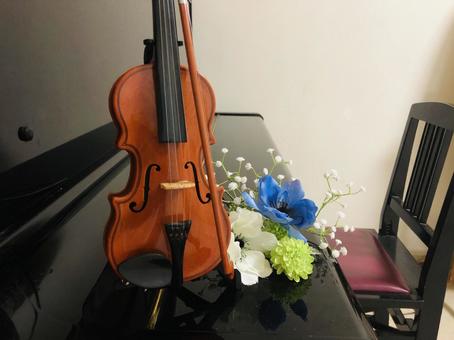BLOG
About Chopin's Heroic Polonaise
Jan 11, 2022

The Hero Polonaise is one of Chopin's most popular pieces.
Everyone has heard of it, but not many people know much about its origins and details.
In this issue, we would like to delve into various aspects of the "Polonaise de Hero".
◆Love for Poland
Chopin loved his native Poland very much.
Throughout his life, he composed mazurkas (fast, three-beat, bouncy dances) and polonaises (slow, three-beat, march-like dances),
Polish folk dances, such as mazurkas (fast three-beat bouncy dances) and polonaises (slow three-beat march-like dances).
◆Chopin's Polonaises
Chopin composed his first polonaise at the age of seven. Since then, he composed 18 polonaises during his lifetime.
These include seven numbered Polonaises, one Polonaise with orchestral accompaniment (Andante spianato and Polonaise brillante), and one Introduction and Polonaise brillante for cello and piano, nine of which are still performed in concert today. The other nine pieces are all from his childhood and are rarely performed. The last Polonaise, written three years before his death at the age of 46, is called the "Fantasy Polonaise,"one of Chopin's greatest works.
Other famous works include the Army Polonaise.
The Birth of the Hero Polonaise.
The Hero Polonaise was the second to last polonaise written by Chopin, but it was completed at the age of 32, 14 years before the Fantasy Polonaise.
At this time, Chopin was recovering from his illness and had just returned to Paris from his convalescence in Nohant, a village in central France.
Chopin's energetic activity in teaching and composing led to the creation of many of Chopin's late works, such as the "Polonaise de Hero" and "Ballade No. 4".
◆The Character of the Works.
Chopin was reportedly sickly, but his emotions were intense.
Chopin's music is often described as feminine, but if you listen carefully, you will hear militaristic rhythmic motifs,
The works are also quite belligerent in character.
In particular, he was furious at the invasion of Poland by Russia and other powers, and his anger is expressed in his works (e.g., Revolutionary Etude). (Revolutionary Etude, etc.)
Schumann, a composer of the same period as Chopin, described Chopin's music as "music in which cannons are hidden in a beautiful flower garden.
Among them, the "Polonaise de Hero" is a piece with a brave character that is unusual not only among works composed at the same time but also among all of Chopin's works.
◆Summary.
Chopin is handsome but sickly and passionate. It might be interesting to play the Hero Polonaise as if you were such a man.
It is a difficult piece, but I wish you a good performance.


